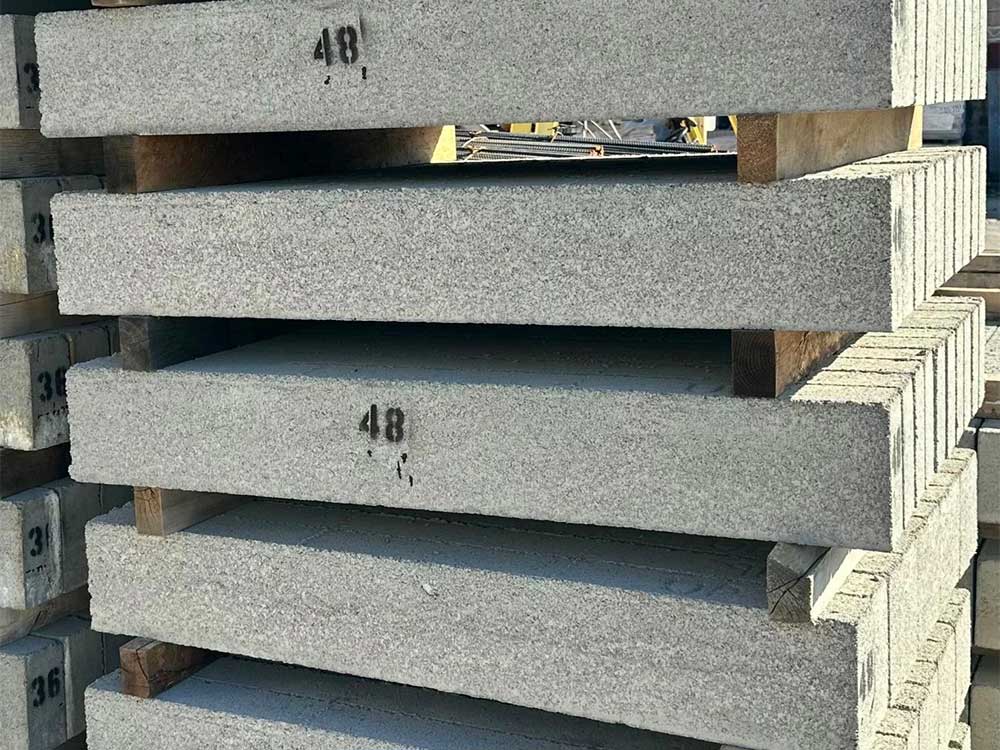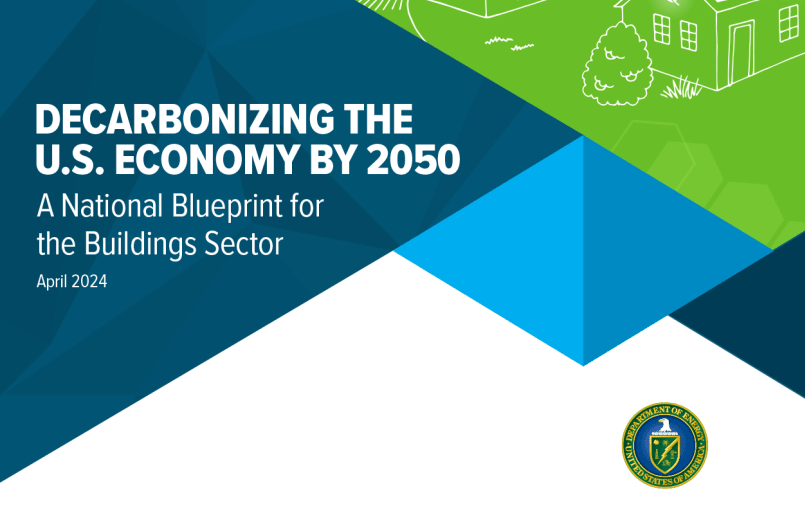What Is Rigid Foam Insulation In Building And Construction?
In building and construction, insulating materials are pivotal in ensuring energy efficiency, safety, and comfort. Among the numerous insulation options available, rigid foam insulation stands out due to its distinctive properties and multiple applications. This type of insulation not only aids in maintaining optimal indoor temperatures but also contributes to a structure’s overall integrity. This article will explore the meaning of rigid foam insulation, from its basic properties to its impact on modern construction practices.
Key Properties and Benefits
Rigid foam insulation, often made from polystyrene, polyisocyanurate, or polyurethane, comes in board-like panels. Its solid structure ensures minimal air infiltration, providing an excellent barrier against heat and cold. This insulation type offers high R-values—a measure of thermal resistance—meaning it efficiently reduces energy loss from a building. Due to its compact nature, it also occupies less space compared to other insulation materials, making it ideal for areas with space constraints.
Common Applications in Construction
Builders employ rigid foam insulation in various parts of a building. It is frequently used in exterior walls to prevent thermal bridging and reduce energy loss. Additionally, it finds applications in basements and crawl spaces where moisture resistance is essential. Roof assemblies and floors can also benefit from this insulation, especially in regions with extreme weather conditions. Its versatility extends beyond traditional homes, as commercial buildings and industrial setups also integrate it to achieve energy efficiency goals.
Environmental Impact and Sustainability
The environment remains a paramount concern in today’s construction choices. Rigid foam insulation plays a part in promoting sustainability. Enhancing a building’s energy efficiency reduces reliance on heating and cooling systems, leading to decreased energy consumption and, consequently, a reduction in carbon emissions. Moreover, many manufacturers are now producing rigid foam panels using recycled materials or more sustainable foaming/blowing agents, further minimizing the ecological footprint of construction projects. Look for an EPD from the manufacturer (environmental product declaration); these are documents that put these values in an easy-to-compare table.
Installation Considerations
While rigid foam insulation offers numerous advantages, proper installation remains key to fully reaping its benefits. Ensuring a snug fit between panels prevents air leaks and maximizes thermal resistance. Some rigid foam panels come with a reflective foil face, which, when oriented correctly, can offer additional radiant heat protection. It’s vital to follow manufacturer guidelines and, if you need more time, consult professionals who have experience with rigid foam insulation installations.
Cost-effectiveness and Longevity
Considering the long-term benefits of rigid foam insulation, many deem it a cost-effective solution. While the initial investment might be higher than other insulation options, its durability and energy-saving potential can passively lead to significant savings over time. Properly installed rigid foam insulation can last for decades, resisting moisture, mold, and other potential damages, offering a sound investment return.
Compatibility with Other Materials
Rigid foam insulation seamlessly integrates with various construction materials, making it a favorite among builders. Whether it’s brick, wood, concrete, or metal, this insulation type adheres well, ensuring there are no gaps or spaces that can compromise its insulating properties. Moreover, its ability to work with other materials means it can be used in renovations, where blending new and existing structures is often challenging.
Resistance to Pests and Rodents
One lesser-known advantage of rigid foam insulation is its resistance to pests. Unlike other insulation types, rigid foam does not provide a conducive environment for pests and rodents to nest. This attribute not only maintains the insulation’s integrity but also safeguards the health of the building’s inhabitants by reducing the risk of pest-related issues.

VP of Sales- Accessory DivisionMike Simon
Latest News
4 Features That Makes Masonry Supply Company Stand Out
A masonry supply company plays a crucial role in the success of construction projects, providing essential materials and expertise to […]

Choosing The Right Size Lintel For Your Project
Determining the correct size of a lintel is critical for the stability and longevity of your construction project. A lintel […]

Data Misses on Embodied Carbon
There is significant urgency to avoid, reduce, or even reverse the emissions of greenhouse gases (CO2e) to avoid the worst […]

4 Masonry Tools You Should Have At Home
Effective and efficient masonry work, whether for repairs or new projects, requires the right tools. At home, having a basic […]
